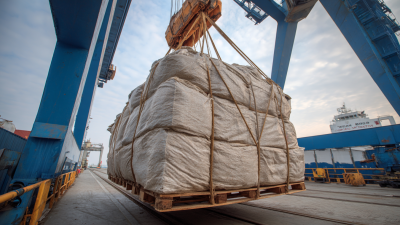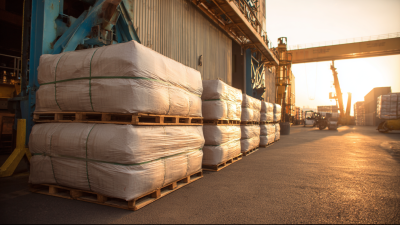
In today's fast-paced logistics and shipping landscape, the significance of dunnage bags has surged, offering innovative solutions for safeguarding products during transit. According to the "2022 Packaging Industry Report," the global dunnage bag market is projected to witness substantial growth, fueled by the increasing demand for safe and efficient packaging in various sectors, including automotive, pharmaceuticals, and food industries. With nearly 80% of companies identifying improved load stability as a top priority, dunnage bags emerge as a critical component in modern packaging strategies, excel in cushioning fragile items, and minimizing movement. Furthermore, they are lightweight, cost-effective, and recyclable, aligning with the industry's shift towards sustainable practices. Understanding the essential role of dunnage bags not only enhances supply chain efficiency but also reflects a commitment to optimizing resource use in packaging solutions.
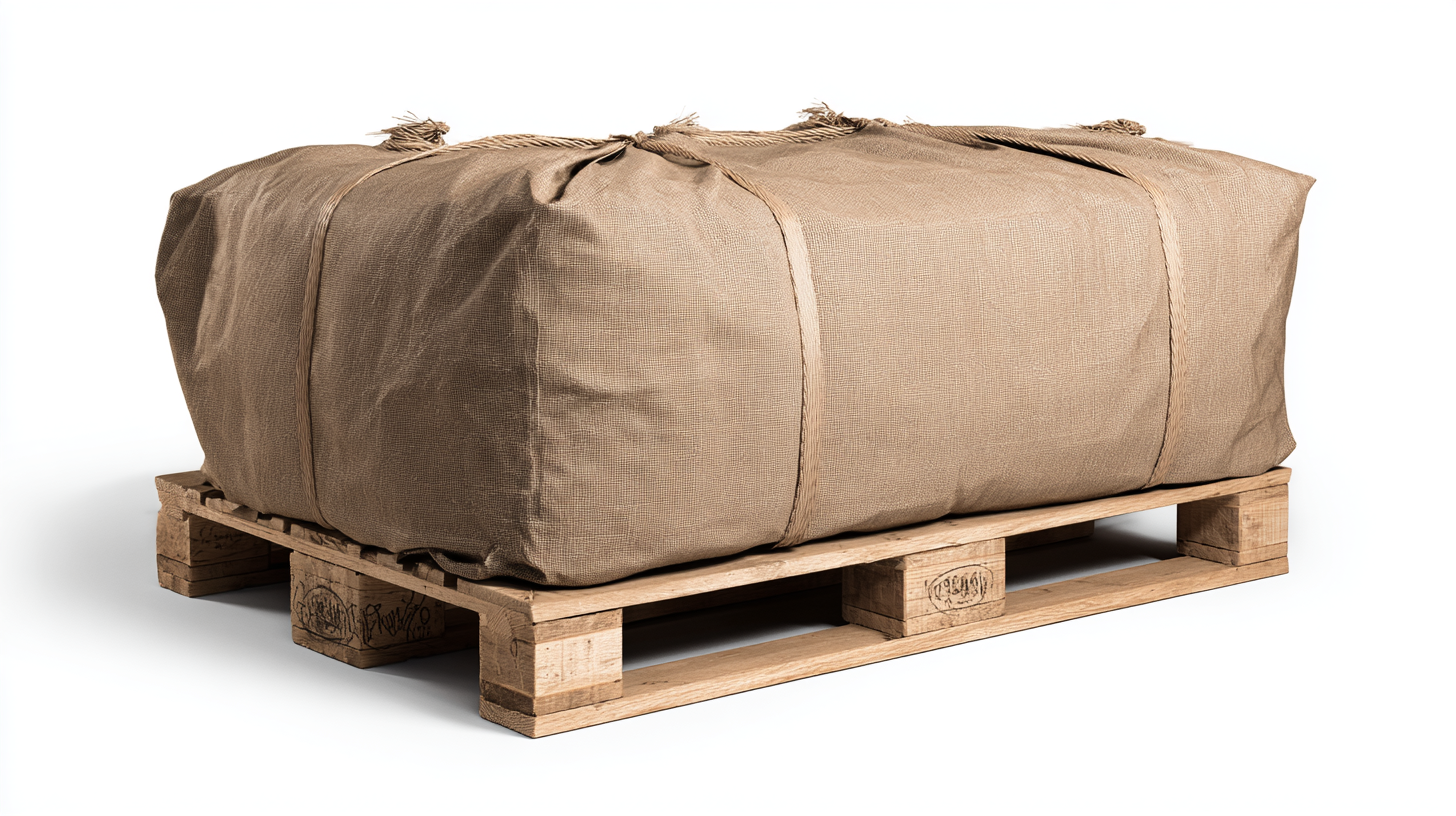
Dunnage bags play a crucial role in safeguarding cargo during transportation, serving as a reliable barrier against damage. These inflatable bags are strategically placed in the spaces between cargo items, effectively preventing movement and minimizing the risk of collisions or shifts that can lead to breakage. Their adaptability to various shipment sizes and shapes makes them an essential tool for companies looking to optimize their shipping processes while preserving the integrity of their products.
Tips for Using Dunnage Bags:
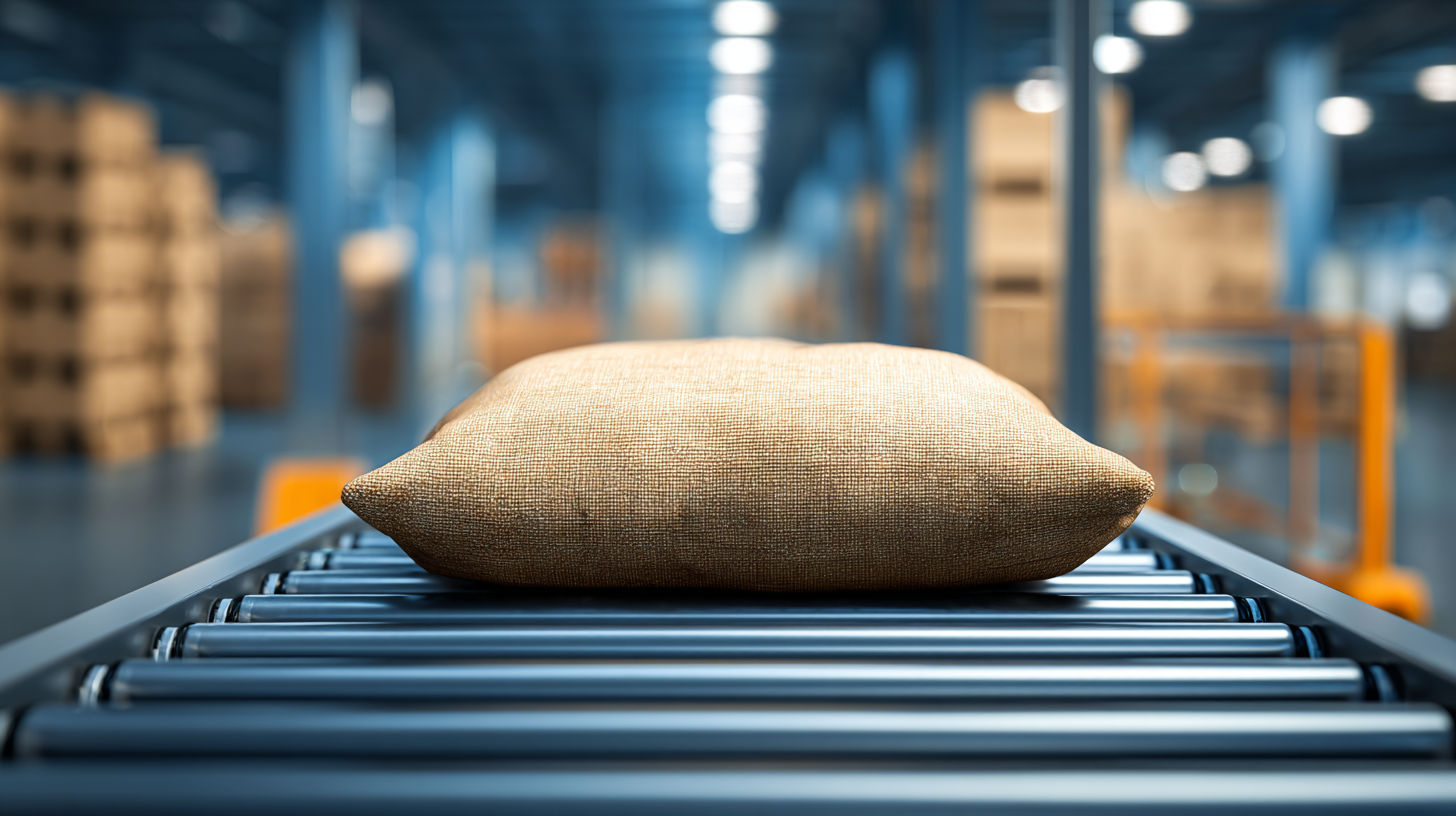 Dunnage bags are becoming increasingly popular in modern packaging solutions due to their numerous advantages over traditional methods. One of the most significant benefits is their lightweight nature. Unlike wooden pallets or heavy cardboard boxes, dunnage bags are made from durable materials that provide essential cushioning without adding unnecessary weight. This can result in lower shipping costs and a reduced carbon footprint, making them an eco-friendly choice for companies looking to enhance their sustainability profile.
Dunnage bags are becoming increasingly popular in modern packaging solutions due to their numerous advantages over traditional methods. One of the most significant benefits is their lightweight nature. Unlike wooden pallets or heavy cardboard boxes, dunnage bags are made from durable materials that provide essential cushioning without adding unnecessary weight. This can result in lower shipping costs and a reduced carbon footprint, making them an eco-friendly choice for companies looking to enhance their sustainability profile.
In addition to weight savings, dunnage bags offer superior protection for goods during transportation. Their ability to conform to the shape of the cargo means that they can fill voids and prevent shifting to reduce the risk of damage. Furthermore, they are reusable and can be easily inflated and deflated, which adds convenience and cost-effectiveness over time.
Tips: When using dunnage bags, make sure to select the appropriate size for your cargo to maximize effectiveness. Additionally, consider training your staff on proper inflation and placement techniques to ensure optimal protection. Lastly, always check for any leaks before use, as a compromised bag can lead to inadequate protection during transit.
Dunnage bags have evolved significantly in recent years, becoming an integral part of modern packaging solutions. Innovative materials such as high-strength nylon and barrier films are now frequently used to enhance the durability and effectiveness of these bags. These advancements help create air-tight environments, protecting goods from moisture and contamination during transit. The design of dunnage bags has also seen improvements, with options for customized sizes and structures that cater to various products, ensuring optimal use of space and maximizing load stability.
**Tips: When selecting dunnage bags, consider the specific needs of your products. Consider factors such as weight, fragility, and environmental exposure to choose the right material and design.**
Moreover, the incorporation of sustainable materials into dunnage bag production aligns with the growing trend towards environmentally-friendly packaging. Many manufacturers now offer recyclable or biodegradable options, which not only reduce waste but also appeal to eco-conscious consumers. Understanding these innovative designs can help businesses optimize their packaging strategies, minimizing damage costs and improving overall efficiency.
**Tips: Always keep an eye on the latest innovations in dunnage bags, as new products may offer superior protection and sustainability features that can benefit your business operations.**
| Dunnage Bag Type | Material | Max Load Capacity (lbs) | Dimensions (inches) | Application |
|---|---|---|---|---|
| Standard Dunnage Bag | Polyethylene | 500 | 48 x 36 | General cargo shipping |
| Heavy-Duty Dunnage Bag | Multi-layered Polypropylene | 1000 | 60 x 40 | Heavy machinery transport |
| Air Dunnage Bag | Composite material | 300 | 30 x 24 | Intermodal container filling |
| Custom Dunnage Bag | Recycled materials | 750 | Custom sizes available | Eco-friendly packaging |
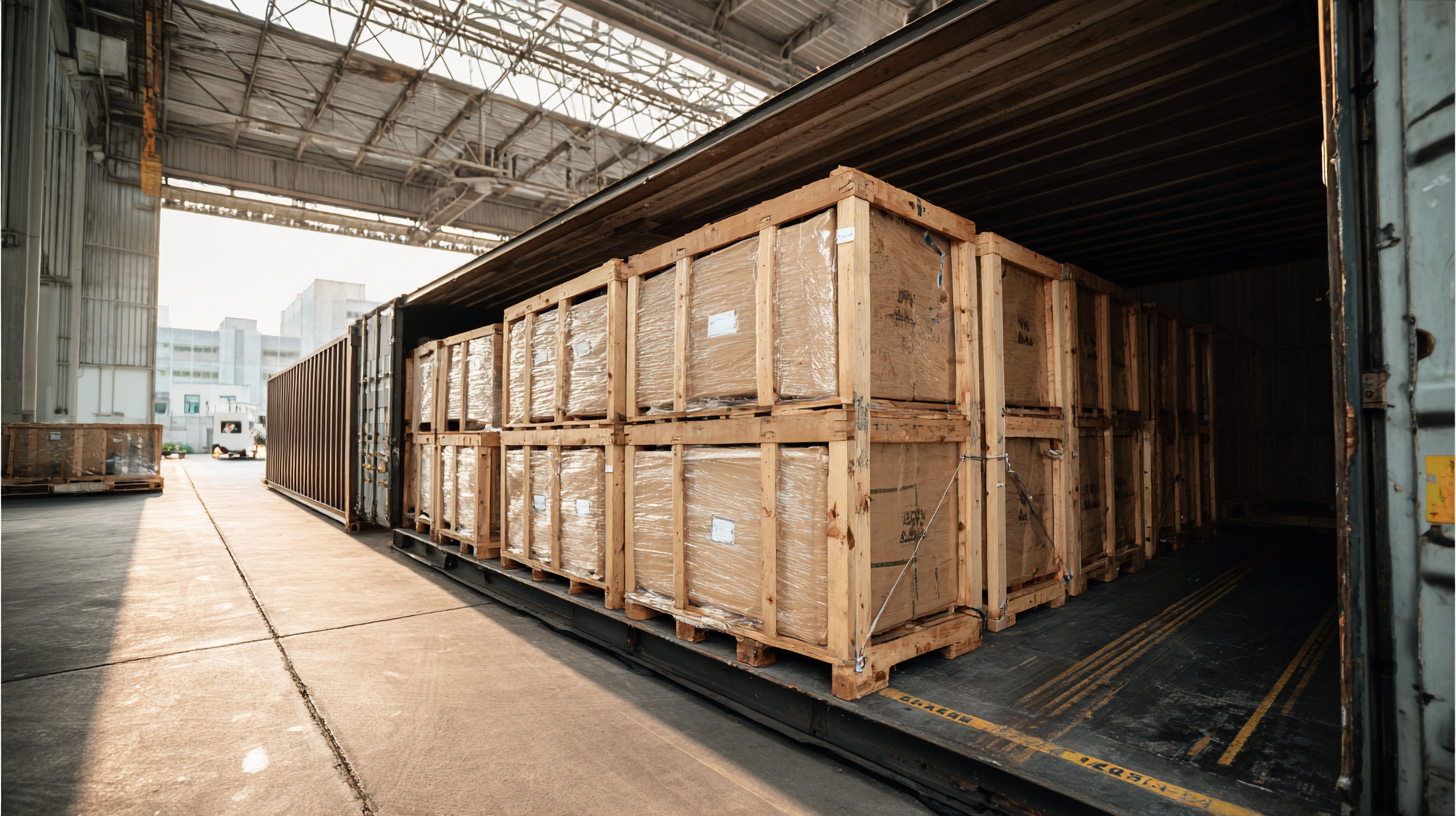 Dunnage bags have emerged as a crucial component in supply chain management, particularly due to their cost-effectiveness. These inflatable bags provide secure cushioning for goods during transit, effectively preventing damage and reducing the need for costly replacements. By stabilizing cargo within containers, dunnage bags minimize the risk of shifting and breaking, which can lead to significant financial losses for businesses. Their lightweight nature also contributes to lower shipping costs, making them an economically viable option for companies looking to optimize their packaging solutions.
Dunnage bags have emerged as a crucial component in supply chain management, particularly due to their cost-effectiveness. These inflatable bags provide secure cushioning for goods during transit, effectively preventing damage and reducing the need for costly replacements. By stabilizing cargo within containers, dunnage bags minimize the risk of shifting and breaking, which can lead to significant financial losses for businesses. Their lightweight nature also contributes to lower shipping costs, making them an economically viable option for companies looking to optimize their packaging solutions.
In addition to direct cost savings, the use of dunnage bags streamlines the packaging process. They are easy to deploy and can be inflated quickly, allowing for faster loading and unloading times. This efficiency translates to reduced labor costs and enhanced throughput in supply chains. Furthermore, dunnage bags are reusable and recyclable, aligning with sustainability goals while also providing additional savings over time. This dual benefit of economic and environmental advantages establishes dunnage bags as a smart choice for modern packaging needs.
Dunnage bags play a crucial role in protecting products during transportation and storage, but their environmental impact cannot be overlooked. Traditionally, these bags were often made from synthetic materials that contributed significantly to plastic waste. However, recent advancements in materials science have led to the development of more sustainable alternatives. Biodegradable dunnage bags made from renewable resources are now available, helping to reduce the ecological footprint of packaging solutions.
Moreover, the reusable nature of dunnage bags further enhances their sustainability. Companies are increasingly recognizing the value of incorporating dunnage bags into a closed-loop system, where they can be reused multiple times before being disposed of responsibly. This reduces the need for single-use packaging, both conserving materials and minimizing waste. As consumers become more environmentally conscious, businesses that adopt sustainable packaging practices, like utilizing eco-friendly dunnage bags, not only meet regulatory requirements but also enhance their brand reputation.
